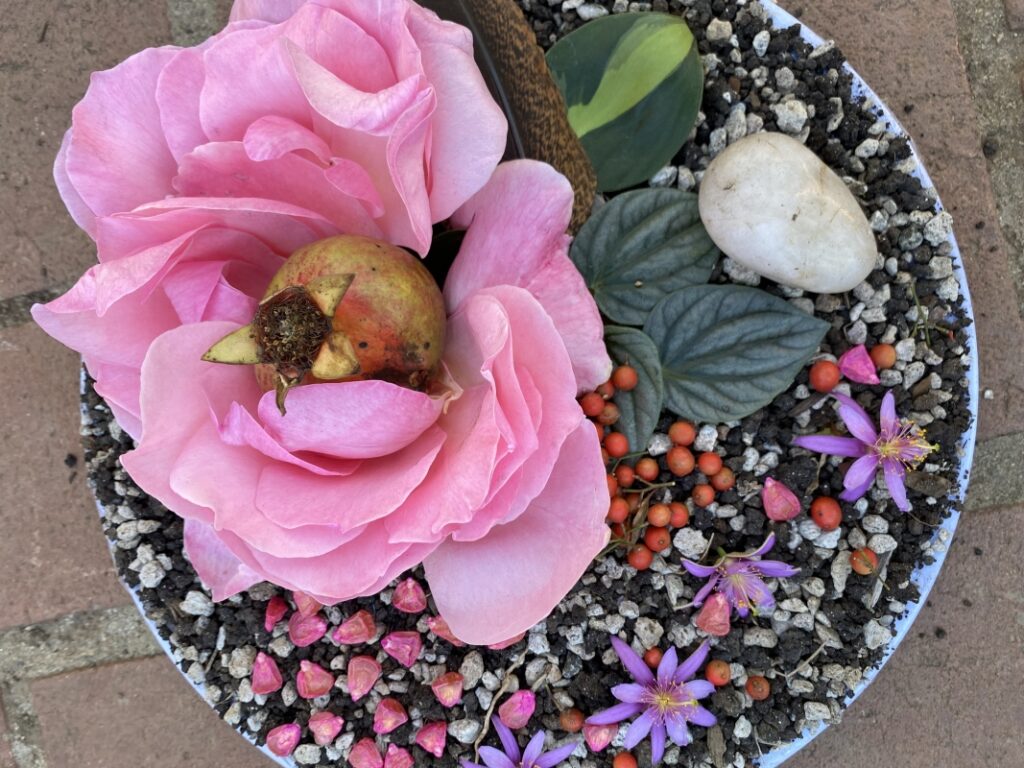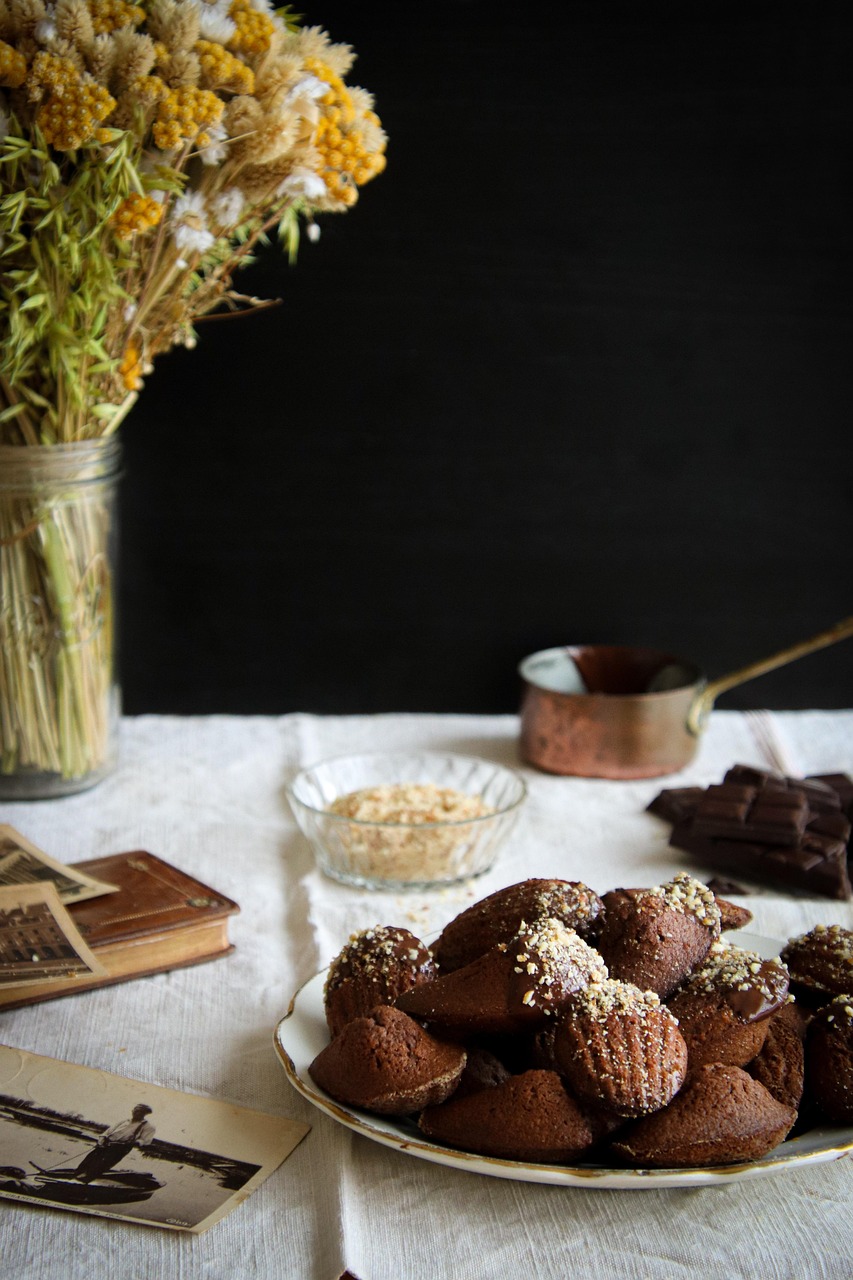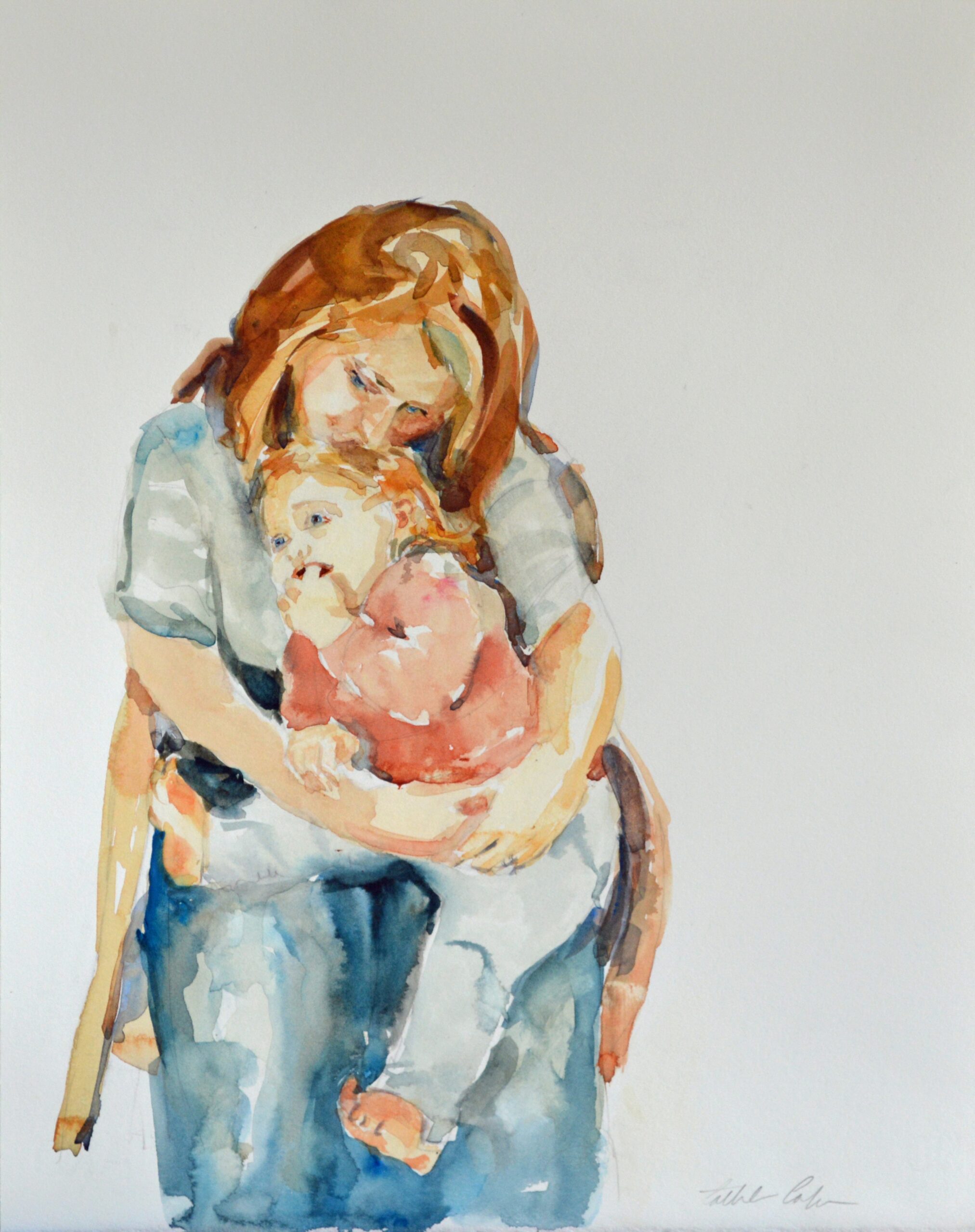This ritual is a rite of self-initiation, a way of creating a portal in sacred time through which you can move with intention and purpose as you acknowledge and celebrate the transition from the time of the procreative fertility of your body to a new phase of your life. Through this ritual, which can be carried out privately, with a witness or witnesses or in community with others who are also experiencing this time of change, you will be expressing the possibilities of this new time—a time in which your fertility will be experienced and expressed thorough perhaps as-yet-unimagined psychospiritual birthings.
Like the symbolic elements on the seder plate that tell the Passover story, you will source symbolic elements from the natural world that tell your story. As you gather materials, consider color, shape, texture—what calls to you when you consider what you need in order to express the fullness of your awareness?
The plate that you fill will be an offering to who you were, who you are now and who you are yet to be. Filling your plate is a physical expression of nurturing your soul’s truth: how you see yourself in this time of the natural transition of your body from one stage of life to the next.
Ritual Steps:
1. Think about how you feel about the changes taking place/that have taken place in your body. Do you see this time of transition as a time of loss, a time of gain, a combination of the two? Do you feel celebratory? Sad? Curious about what may come next? Write down your feelings on a piece of paper. If you wish, add a kavannah—statement of intention.
2. Choose the plate that you will fill—perhaps an heirloom plate, a thrift store find, a plate that you use often or one that you keep for special events—consider how expansive you feel or want to feel and let that sense guide you to the size and shape that you wish to fill: saucer? salad plate? dinner plate? serving platter?
2. Gather natural seasonal materials—go outside and look around. What catches your eye—leaves, earth, stones, flowers, nuts, seeds, shells, pinecones? What you source will depend on the season of the year, the geographical location in which you carry out this ritual and the natural elements that strike you as personally meaningful.
3. Place the paper on which you’ve written on the plate. Read your words aloud. Next, cover the plate with earth or sand so that your words form the basis for what you will now build.
On the earth or sand, arrange the natural materials that you have gathered—perhaps you want to create a wreath, a bouquet or a mandala. As you arrange the natural materials, take your time. As you select items and create your arrangement, be aware of your creative gifts, of the specific creativity inherent in the potential of childbearing and of the potential for creative possibilities that may present in this new time of your life.
Finally, you may wish to photograph your plate and/or journal about the experience of nurturing your soul in this way. When you have completed your plate, allow it to simply be—on the ground, on a table, under a tree or bush. Your arrangement will be altered by sun, rain, wind, snow. Although you may wish to witness the alteration of your arrangement, do not interfere with the elements: allow the process to happen. When you are ready, reclaim your plate and consider what purpose it might next serve.
Before, during or after completing this ritual, you may wish to sing or to listen to a song that references your personal history or focuses on awareness of transitioning from one part of life to another.
Some Suggestions:
“God Knows Where,” by Daniel Cainer
“Lechi Lach,” by Sabina Teuval and Debbie Friedman
“Turn! Turn! Turn!,” by Pete Seeger/Judy Collins/The Byrds
“We Are A Spiral,” by Taya Mâ Shere














One Response
This is a beautiful ritual, a beautiful to mark this transition.